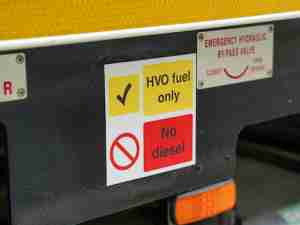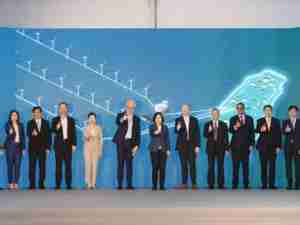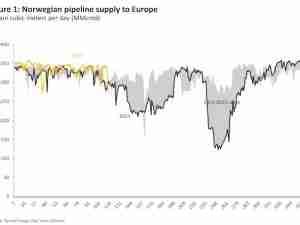Brent crude climbed above $80 a barrel after OPEC and its allies signaled less urgency to boost output despite U.S. pressure to temper prices.
Futures in London rose as much as 1.7 percent. OPEC and its partners gave a tepid response to President Donald Trump’s demand that rapid action be taken to reduce prices, saying they would boost output only if customers wanted more cargoes. Brent could rise to $100 for the first time since 2014 as the market braces for the loss of Iranian supplies due to U.S. sanctions, according to Mercuria Energy Group Ltd. and Trafigura Group.
Oil has rallied since the lows of August as speculation swirls over whether OPEC and its allies will boost output as the sanctions on the Middle East nation’s exports nears. Still, a full-blown trade war between the U.S. and China could imperil global economic growth that underpins crude demand as the two countries begin a new round of tariffs on each other’s goods.
Oil investors are “trading the weekend news very favorably,” said Stephen Innes, Singapore-based head of Asia Pacific trading with Oanda Corp. “Saudi Arabia and Russia ruled out any expeditious supply increases at the Algeria meeting while decidedly ignoring U.S. President Trump’s call to increase supplies and ease price pressures.”
Brent for November settlement rose as much as $1.63 to $80.43 a barrel on the ICE Futures Europe exchange and traded at $80.32 at 3:21 p.m. in Tokyo. The contract advanced 10 cents to $78.80 on Friday. The global benchmark traded at an $8.29 premium to West Texas Intermediate for the same month.
WTI for November delivery added $1.25 to $72.03 a barrel on the New York Mercantile Exchange. The contract climbed 46 cents to $70.78 on Friday. Total volume traded was about 26 percent above the 100-day average.
Trading on the Shanghai International Energy Exchanged is closed for a Chinese public holiday. The contract for December delivery fell 0.7 percent on Friday.
Saudi Arabia signaled the kingdom is in no rush to bring oil prices down from current levels. “The market is well-supplied,” Saudi Energy Minister Khalid Al-Falih said after the OPEC meeting in Algeria over the weekend. “The reason Saudi Arabia didn’t increase more is because all of our customers are receiving all of the barrels they want.”
The lack of OPEC’s immediate action could mean higher prices. Brent crude may spike to over $100 in the fourth quarter because the market doesn’t have much capacity left to replace Iranian supplies, Mercuria co-founder Daniel Jaeggi said at the annual Asia Pacific Petroleum Conference in Singapore on Monday. Trafigura co-head of oil trading Ben Luckock said at APPEC that he sees $90 oil by Christmas and $100 in early 2019.
Meanwhile, the risk of escalating trade tensions between the U.S. and China could weigh on oil prices, with no improvement in relations between the two rivals in sight. Some $200 billion of Chinese products became subject to increased tariffs from noon Beijing time on Monday. That’s on top of the $50 billion in goods imposed earlier this year. Meanwhile, $60 billion of goods from the U.S. will become subject to Chinese tariffs around the same time, adding to the $50 billion already levied.
Other oil-market news:
- Dated Brent could see the biggest overhaul since the North Sea crude became a benchmark more than 30 years ago as S&P Global Platts considers including oil from as far away as Central Asia, West Africa and U.S. shale fields in its price assessment.
- Russian Energy Minister Alexander Novak said in an interview with Bloomberg TV his country has the capacity to increase production by several hundred thousand barrels a day in the short term.
- Working oil rigs in the U.S. fell by one to 866 last week, according to Baker Hughes data.
- Money managers’ wagers on higher Brent crude prices are having their longest streak since Nov. 2017, according to ICE Futures Europe data.










